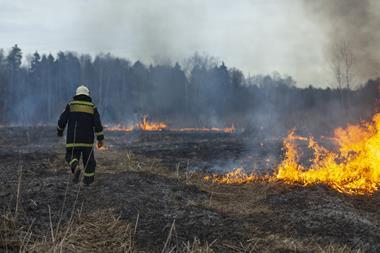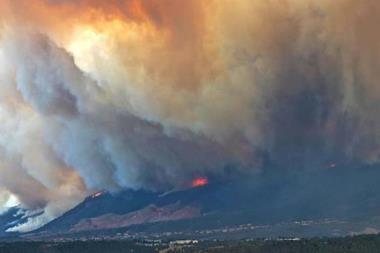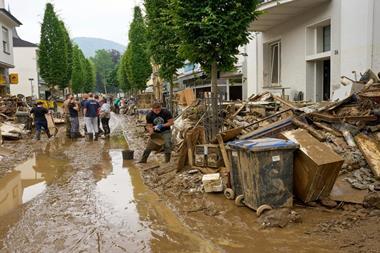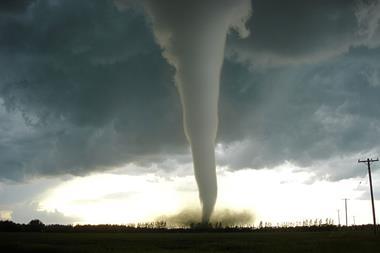Nature-based solutions significantly reduce financial losses associated with wildfires, finds research
Community-encircling wildfire buffers of land managed for fire risk, such as parks, playing fields, orchards, or other natural infrastructure projects, can help communities avoid property losses due to wildfire and increase access to fire insurance in areas currently viewed as uninsurable, especially when used as part of comprehensive risk management strategies.
This is according to research by the Nature Conservancy in California, in partnership with Marsh McLennan. It has set out to demonstrate the financial benefits that accompany nature-based approaches to wildfire risk reduction, using the devastating 2018 Camp Fire in California as a case study.
Researchers found that wildfire buffer strategies and building code updates, taken together, would have reduced the 2018 Camp Fire loss by 42%, from over $10 billion to roughly $6 billion.
“Wildfire risk is a large and growing economic burden on communities as the climate in many regions becomes warmer and drier,” said Jonathan Clark, managing director of the US public sector practice at Guy Carpenter, a business of Marsh McLennan.
“Innovative strategies like community-based catastrophe insurance to mitigate that risk and safeguard the financial futures of those communities are critically important to their wildfire survivability.”
Faced with growing wildfire impacts around the world, communities are searching for innovative approaches to reduce the damaging effects of wildfire and increase community resilience.
California, for example, has experienced major population growth over the past 50 years, resulting in an increased interface between wild and urban spaces, and the degradation of natural habitats, leading to increased wildfire risk. Climate change threatens to further exacerbate wildfire and community interactions.
“In a future that is likely to see increased threats from wildfire, we can use nature-based approaches to strengthen communities’ resilience while providing a host of additional complementary benefits like cleaner air and water, climate change-fighting carbon storage, and improved habitat for wildlife,” said Sydney Chamberlin, project manager for Climate and Nature-Based Solutions at The Nature Conservancy in California.
“Wildfire buffers are a great example of the risk reduction benefits that nature can provide, showing that we can reduce the risks of wildfire for communities while providing additional recreational, economic, and ecological benefits.”
The report analysis indicates that should wildfire resilience measures be implemented, communities could potentially lower their insurance costs by 40% or more, converting a one in 100-year loss level into a much rarer, one in 350-year loss level.
Effective use of nature-based strategies and community-based insurance approaches can help communities build resilience while minimising harmful impacts to the ecosystems that surround them.
In particular, wildfire buffers when managed to be less flammable through vegetation management or irrigation can provide financial and community benefits while reducing the risk of wildfire within the community.




















No comments yet